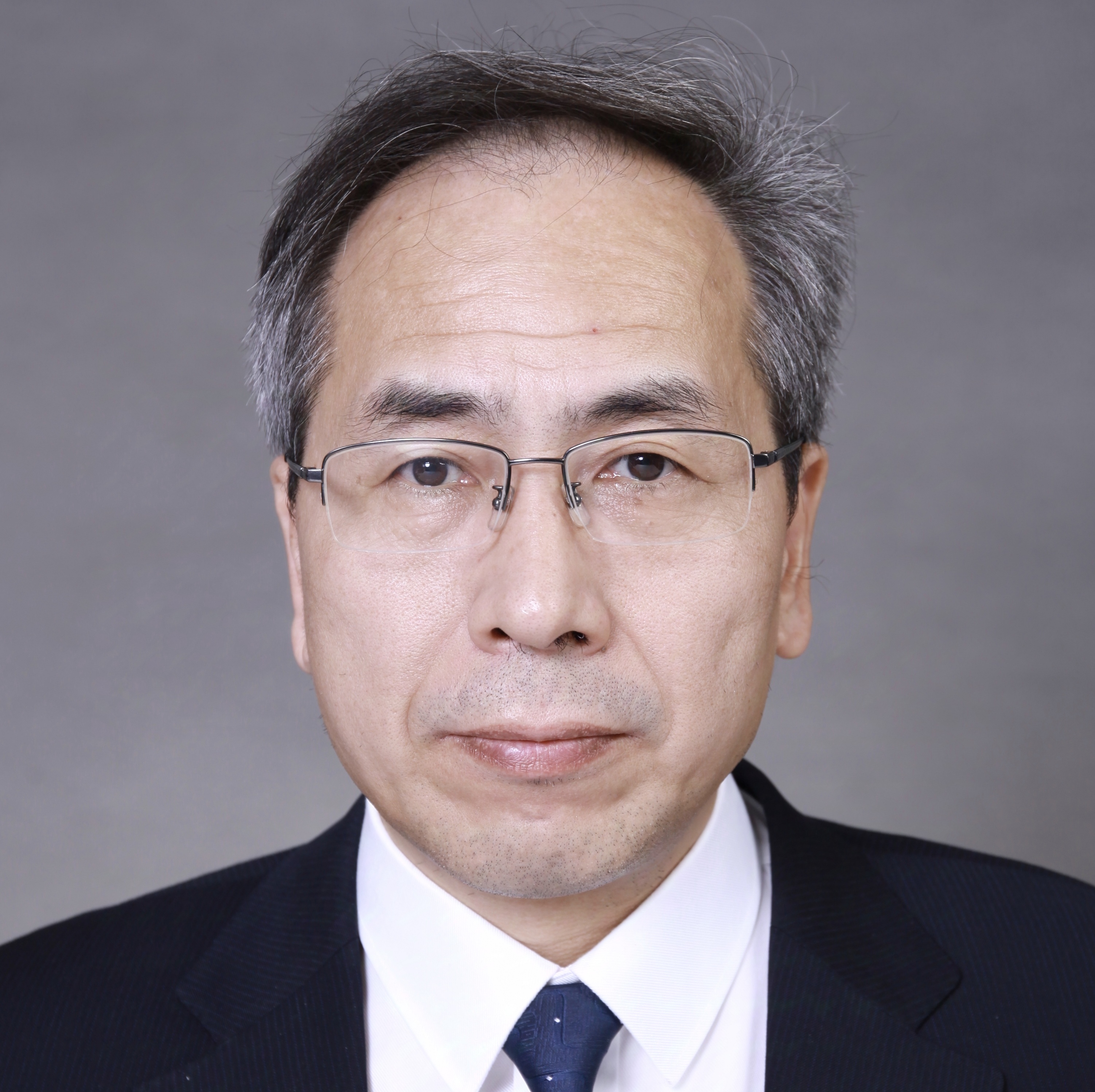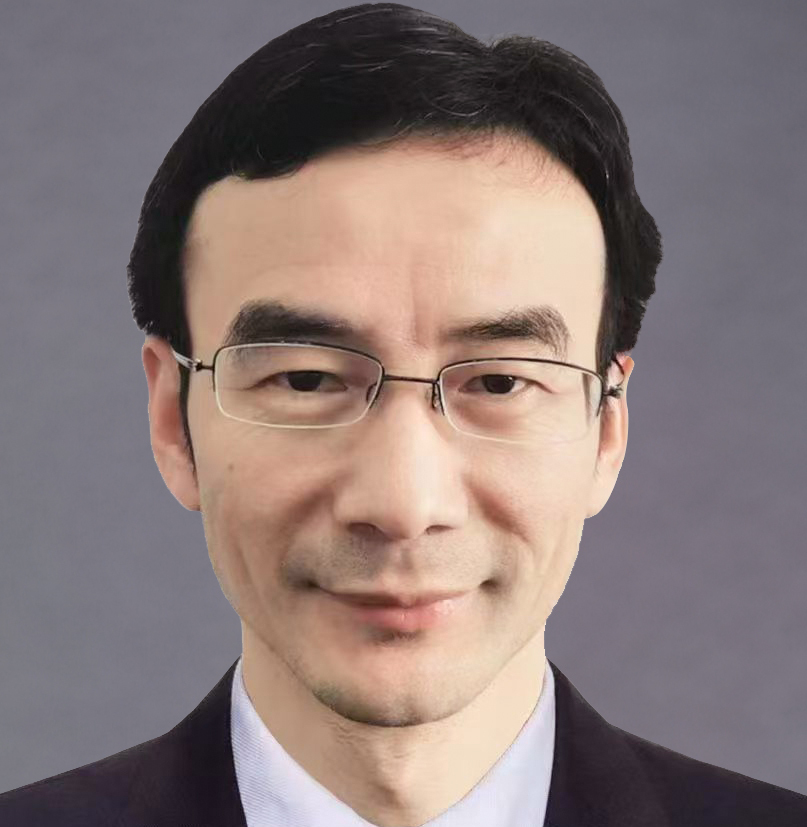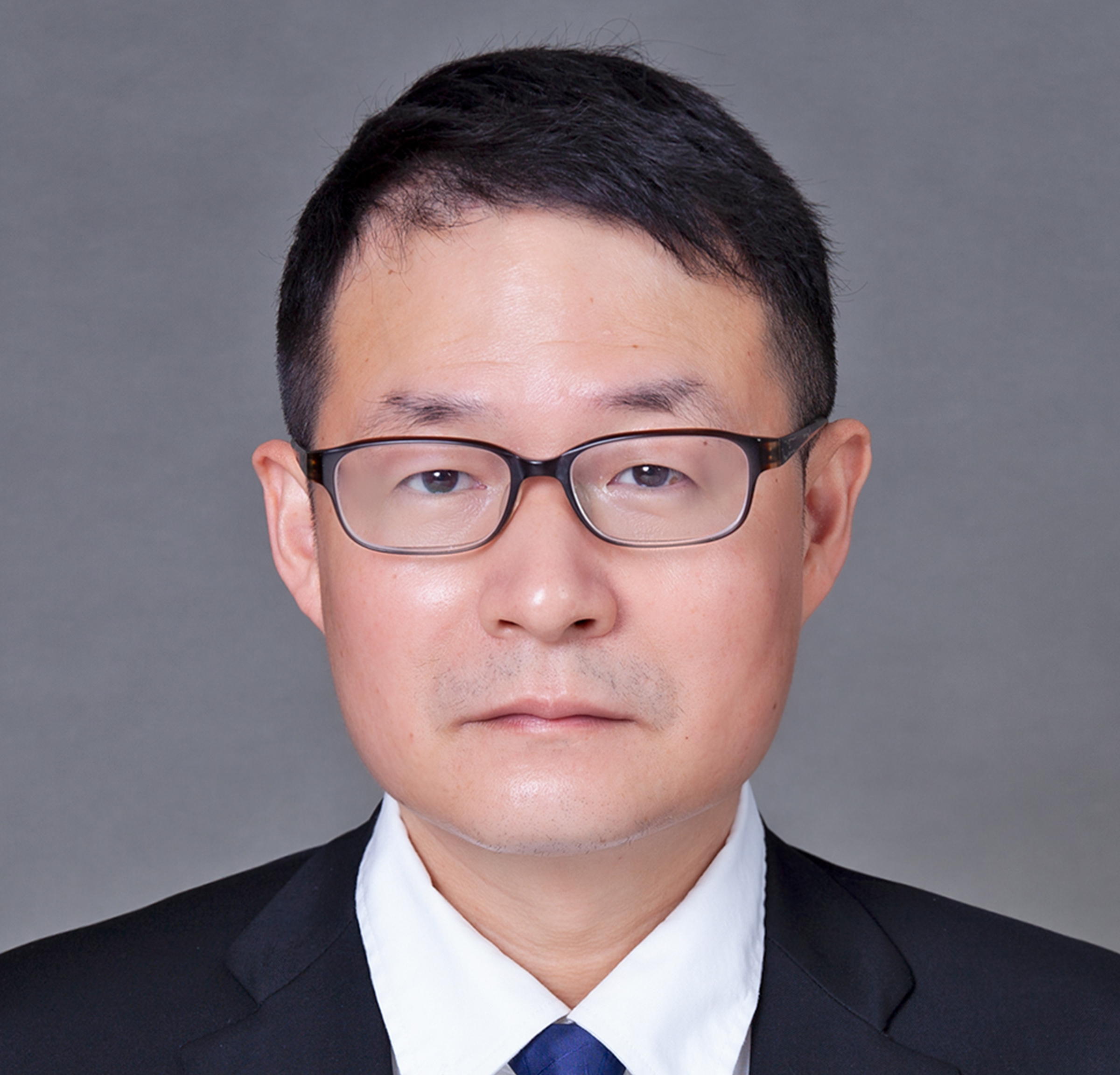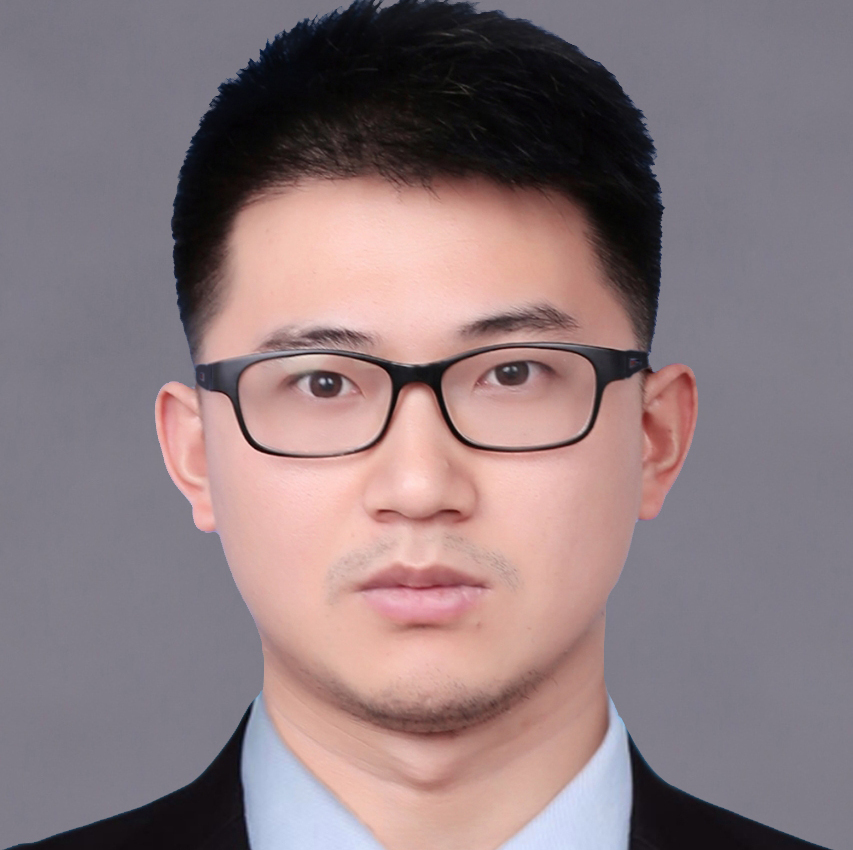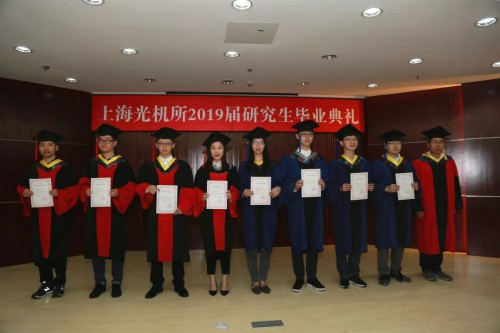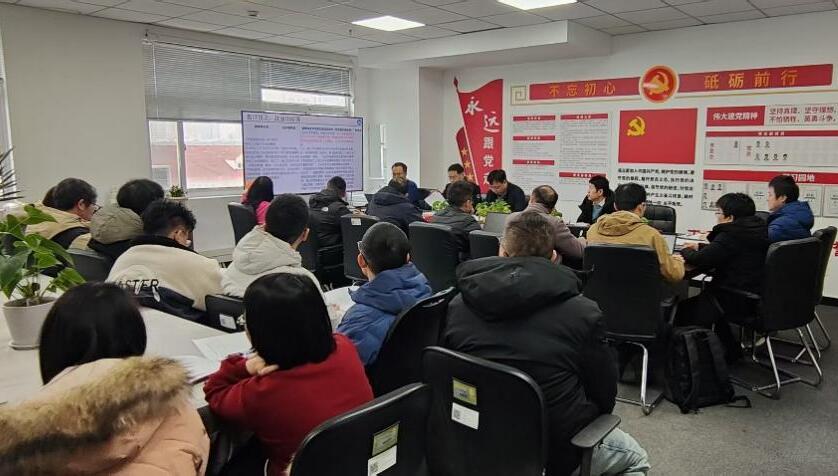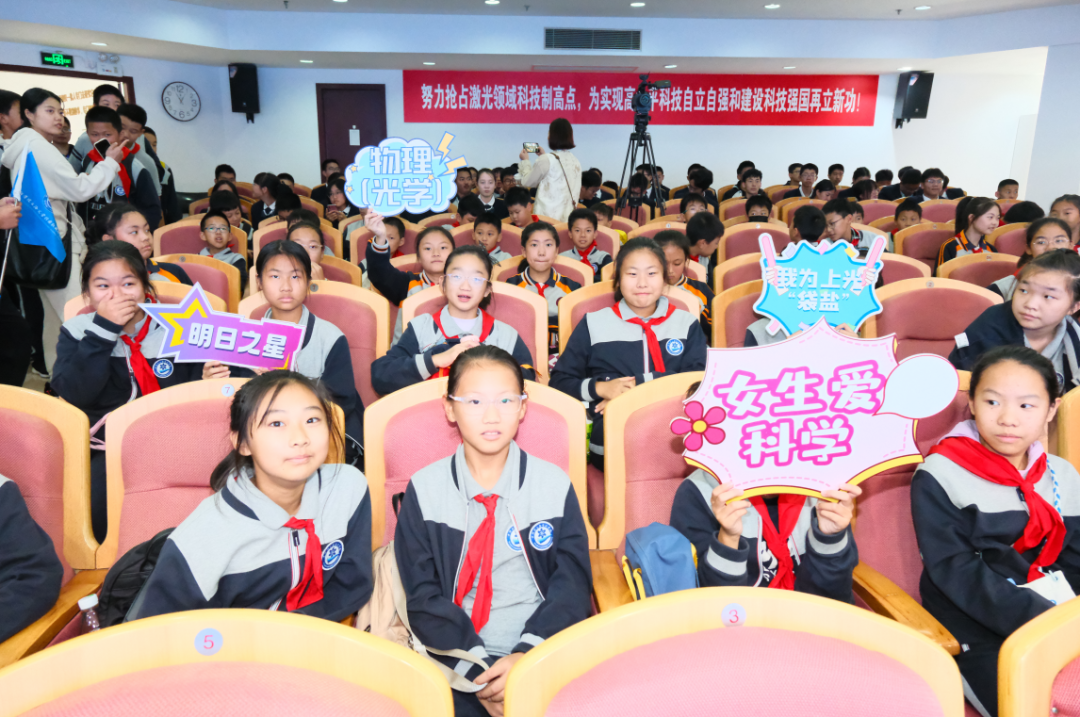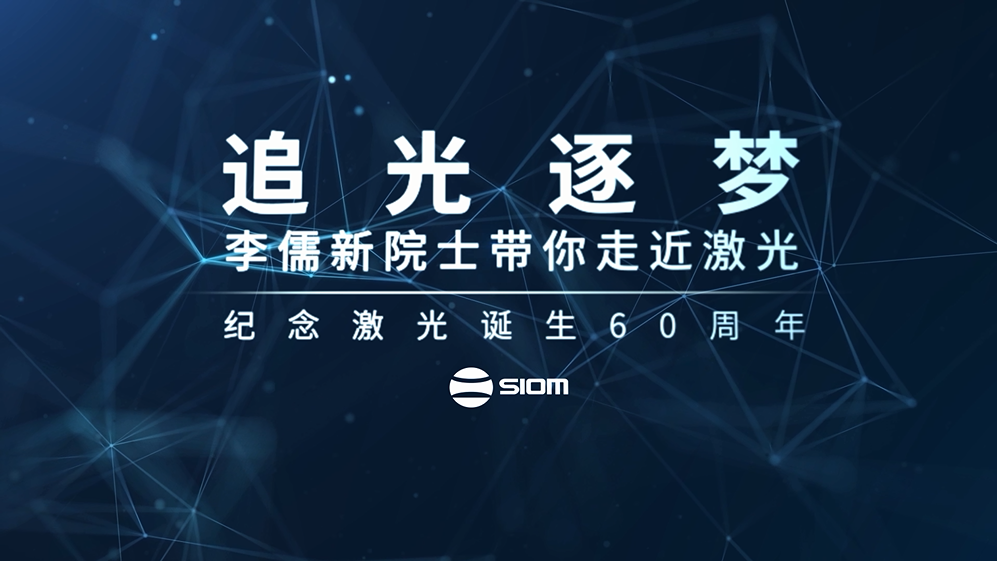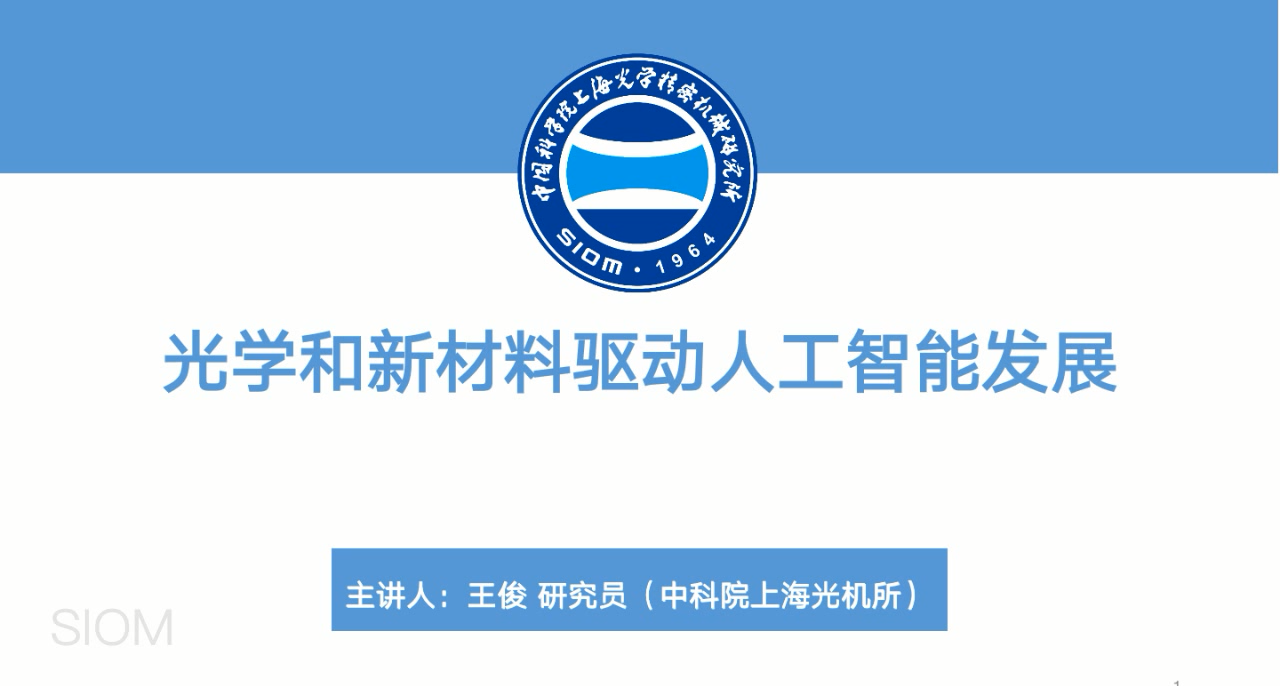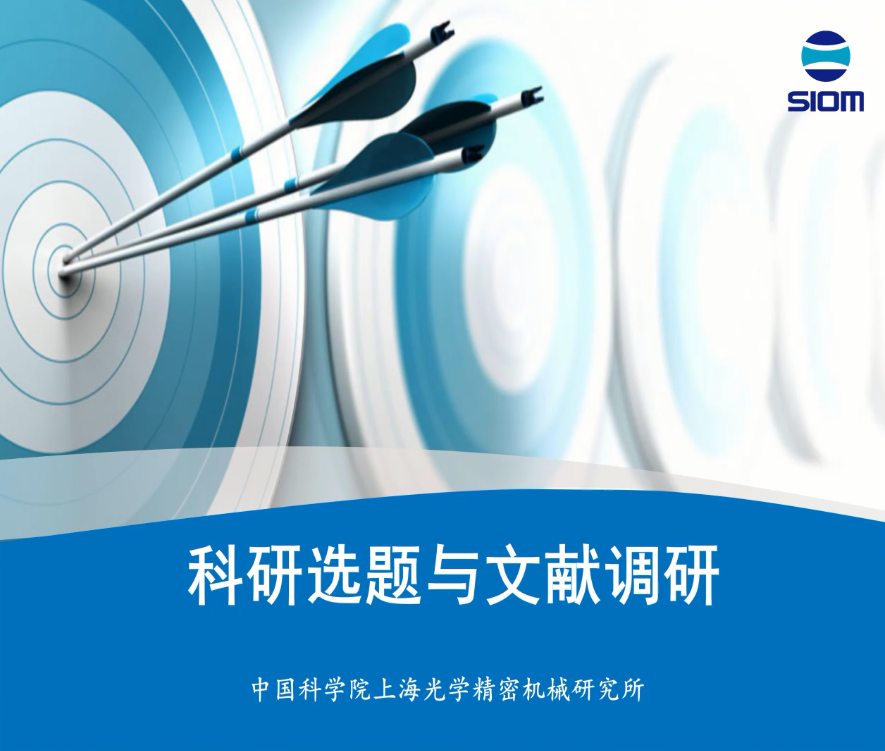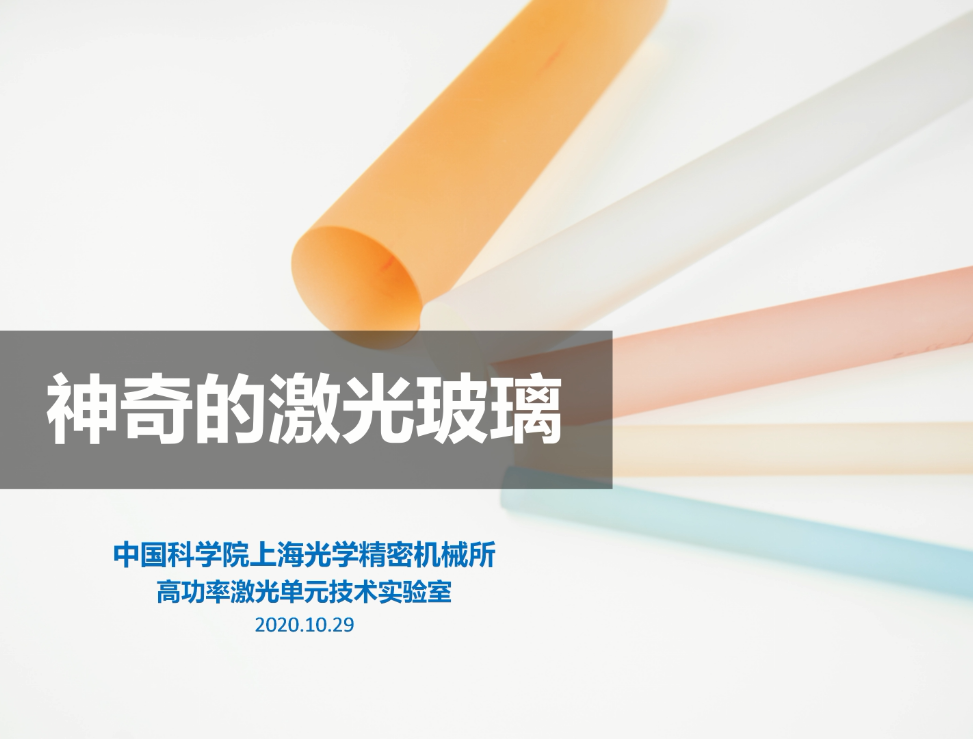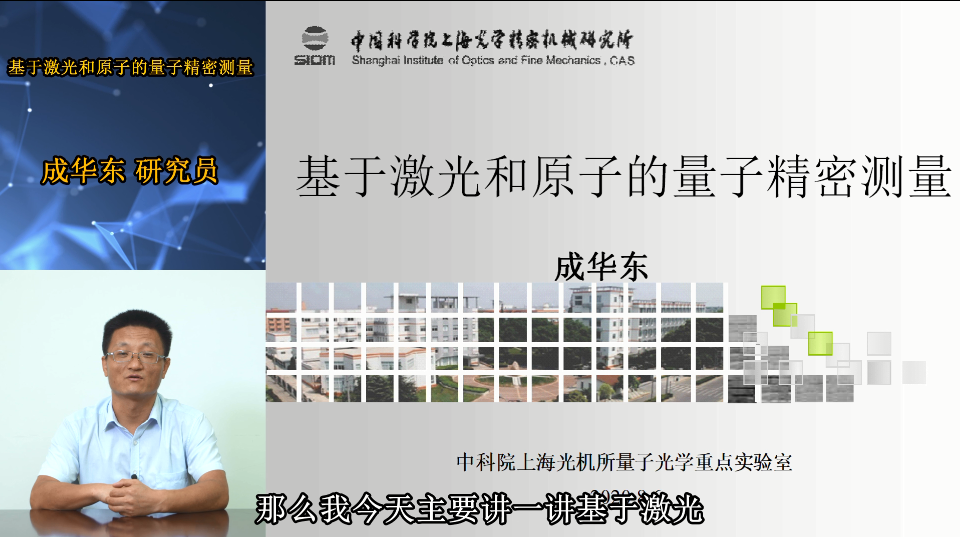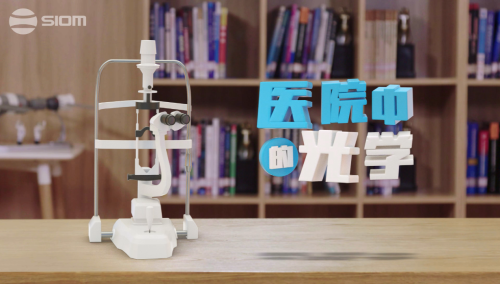会议时间:2024年10月11日 13:30
会议地点:清河路390号王大珩厅
报告人:Hiromitsu Kiriyama
报告题目:Ultra-high intense laser for high field science

报告内容:
We described the output performance and temporal quality enhancement of the J-KARENP petawatt laser facility. After wavefront correction using a deformable mirror, focusing with an f/1.3 off-axis parabolic mirror delivered a peak intensity of 1022 W/cm2 at 0.3 PW power levels. Technologies to improve the temporal contrast were investigated and tested. The origins of pre-pulses generated by post-pulses were identified and the elimination of most pre-pulses by removal of the post-pulses with wedged optics was achieved. A cascaded femtosecond optical parametric amplifier based on the utilization of the idler pulse rather than the signal pulse was developed for the complete elimination of the remaining pre-pulses. As another approach, to suppress the remaining pre-pulses, nonlinear sum-frequency generation with the signal and idler of an OPA is also being investigated. The orders of magnitude enhancement of the pedestal before the main pulse were obtained by using a higher surface quality of the convex mirror in the Öffner stretcher. A single plasma mirror was installed in the J-KAREN-P laser beam line for further contrast improvement of three orders of magnitude. The above developments indicate, that although it has not been directly measured, the contrast can be as high as approximately 1015 up to 41 ps before the main pulse. We are planning to upgrade to a double plasma mirror system for a further three orders of magnitude improvement. We also showed an overview of the digital transformation (DX) of the system, enabling remote and automated operation of the J-KAREN-P laser facility. We also describe some experimental results are briefly introduced.
报告人简介:
Hiromitsu Kiriyama was born in Osaka, Japan. He received a Ph.D. degree in electrical engineering from Osaka University, Osaka, Japan, in 1998. His doctoral thesis focused on high power laser-diode pumped solid-state lasers for inertial confinement fusion at the Institute of Laser Engineering, Osaka University, Osaka, Japan. In 1998, he joined the Advanced Photon Research Center, Japan Atomic Energy Research Institute (JAERI), Kyoto, Japan. He is currently a Group Leader with the Advanced Laser Science Group, Kansai Institute for Photon Science (KPSI), National Institutes for Quantum Science and Technology (QST) (previously JAERI and the Japan Atomic Energy Agency). He is currently involved in laser research and development efforts and their applications for high field science. From 2010 to 2015, he was a Professor at the Graduate School of Life and Medical Science in the Collaborative Program at Doshisha University, since 2019 he has been a Professor at the Graduate School of Science and Engineering in the Collaborative Program at Doshisha University, Kyoto, Japan.
报告人:Shigeki Tokita,Institute for Chemical Research, Kyoto University, Japan
报告题目:Ca Isotope Separation using Laser Diodes for Neutrinoless Double-Beta Decay Detection
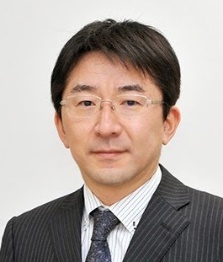
报告内容:
We are developing an advanced laser isotope separation (LIS) system tailored for the enrichment of the 48Ca isotope, crucial for neutrino-less double beta decay experiments. This system utilizes a blue-violet single-frequency, high-power diode laser system based on gallium nitride (GaN) laser diodes. The specific wavelength is necessary to excite the transition of 48Ca isotopes from their ground state, which occurs at 422.8 nm. Traditional methods for isotope enrichment are unsuitable for 48Ca due to its physical properties; hence, the LIS offers a viable alternative.Our prototype comprises 23 injection-locked Fabry-Pérot lasers, generating a total output power exceeding 2 watts. This setup features a master laser stabilized to the precise absorption line of 48Ca, with subsequent injection locking performed on the slave lasers. The stability of the laser frequency is crucial, as the target isotope shift is much narrower than the natural Doppler broadening observed in calcium atomic beams. The Pound-Drever-Hall technique is employed to maintain this stability, ensuring a relative frequency variation below 1 MHz rms over extended periods.This study not only demonstrates the practical implementation of a narrow linewidth laser system capable of precise isotope separation but also suggests the potential for scaling this technology to meet the needs of large-scale experiments requiring substantial amounts of enriched 48Ca.
报告人简介:
Shigeki Tokita is a professor at the Institute for Chemical Research (ICR), Kyoto University. He received his Doctor of Engineering from Osaka University in 2006. From 2006 to 2013, he served as an assistant professor at the Institute for Chemical Research, Kyoto University, and from 2013 to 2022, he was an associate professor at the Institute of Laser Engineering (ILE), Osaka University. His research interests focus on high-power fiber lasers and laser-plasma interactions. He has conducted research on high-average-power Yb-doped lasers, Er-doped mid-infrared fiber lasers, Fe-doped mid-infrared lasers, the control of energetic electron beams produced by ultra-high-intensity laser pulses, strong terahertz wave generation via laser-plasma interactions, and laser isotope separation.
报告人:Shotaro Kitajima
报告题目:Development of sub-100 fs Kerr-lens mode-locked thin-disk laser based on novel broadband Yb-doped media
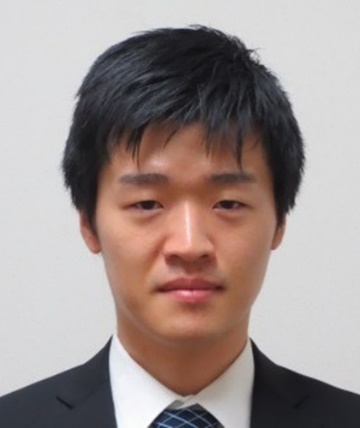
报告内容:
Thin-disk laser (TDL) is an ultrashort pulsed laser source that can achieve the highest average output power and pulse energy at present, due to its small thermo- optical distortion and suppression of nonlinear optical effects. So far, Yb:YAG has been widely used as the gain medium for TDLs, though its narrow fluorescence bandwidth has limited the achievable pulse duration. a few studies have overcome this limitation with TDLs using Kerr lens mode-locking (KLM) and achieved short pulses of sub-50 fs, this required the entire cavity to be placed in vacuum and a severe cavity design that produced strong self-phase modulation. Another simple way to obtain short pulses is to employ an alternative gain medium with a broader bandwidth. However, there have been limited reports on the investigation of alternative gain media, due to the high difficulty of fabricating thin-disk lasers. In particular, the production of high damage resistance gain-medium modules is dominated by a few companies. Therefore, we have developed our own techniques for polishing, coating, and bonding gain media, and have tested Yb:LuAG, Yb:Lu2O3, Yb:CaF2, and Yb:KLuW, which are candidates for gain media to replace Yb:YAG, as TDLs. In this seminar, engineering aspects of TDLs and the latest research results of sub-100 fs mode-locked laser, will be presented.
报告人简介:
Shotaro Kitajima received a Ph.D. degree in engineering from University of Electro-Communications, Tokyo, Japan, in 2019. His doctoral thesis focused on high power thin-disk lasers based on Yb-doped novel materials. In the same year he joined the Institute of Laser Engineering, Osaka University, Osaka Japan as project appointed researcher. In 2021, he joined the Nishizawa group in Nagoya University as assistant professor. His research interests include high power ultrafast laser development (solid state laser and fiber laser), optical frequency comb development and applications, and nonlinear photonics with ultrafast lasers.



